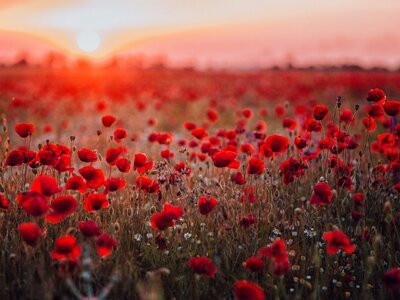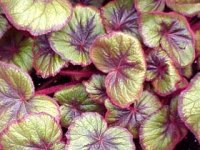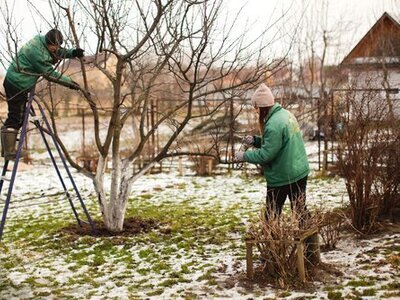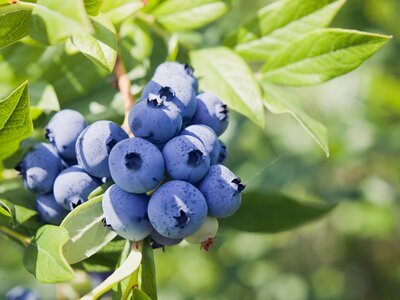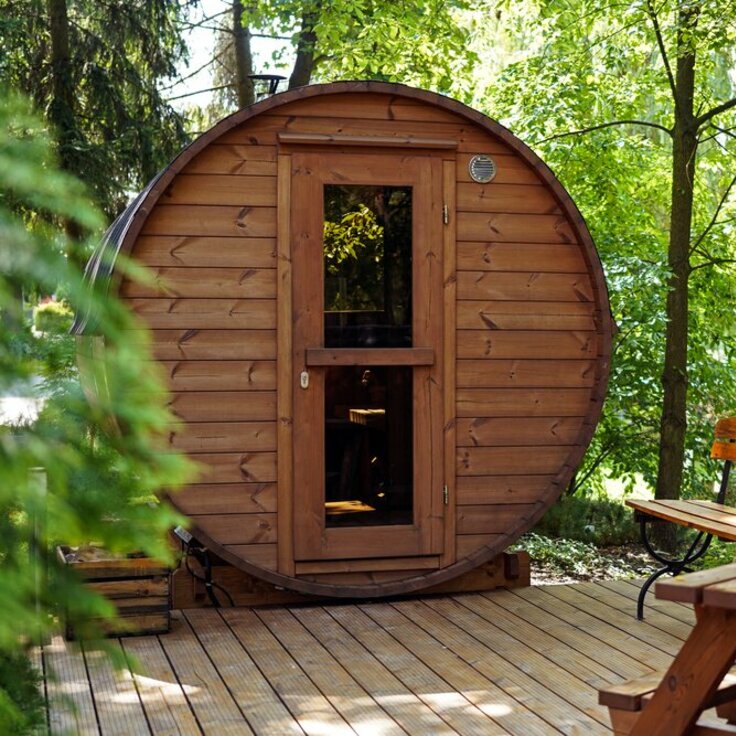Crape Myrtles: Small Trees for Small Landscapes
Are you a space-challenged gardener? Just because you don't have an expansive landscape to plant in is no need to forgo the enjoyment that trees can bring. In fact there are many great small flowering trees that are ideal for areas with limited space. While a small flowering tree makes a wonderful specimen plant, also consider combining several different kinds in a group planting. Groupings are nice because they add interest and can extend the blooming season for many months.
Small trees can serve many useful functions, such as shading a west window, lining a driveway, forming a living fence along a property line, providing a focal point to a patio or entry courtyard, and providing a little shade for a poolside sitting spot. They can also provide a light shade to give understory plants a break from the blistering summer sun or serve as understories themselves peering out from the edge of a larger tree's shadow.
Crape myrtle (Lagerstroemia indica) is perhaps the king of small flowering trees in the South. Most of us quite familiar with this wonderful plant, with its many bloom colors and extended bloom period of three months or more. Showy flowers in shades of white, pink, red, or lavender grace the tree in summer, while yellow to orange and red fall foliage and exfoliating bark in shades of brown and gray add interest in other seasons.
When purchasing a crape myrtle, keep a couple things in mind. First of all decide ahead of time how large you want it to be. There are cultivars available ranging in size from 5-12 foot tall semi-dwarfs to trees that reach 25-30 feet tall at maturity. Choosing a mature size to fit your available space means you won't have to butcher a crape into a smaller size than it is genetically programmed to be. Second, choose a variety that promises powdery mildew resistance. Most of these have names of Native American tribes, such as 'Hopi', 'Miami', and 'Zuni', but there are others as well, so do a little homework in order to make a low-maintenance choice.
Plant your crape myrtle in well-drained soil and full sun in a spot with good air circulation for the best flowering and fewest disease problems. Fertilize lightly in early spring just before new growth begins with a slow-release fertilizer. A light pruning in late winter or early spring can help promote flowering on the new growth, but "light" is the key word here. If you've selected a properly sized plant for your space, you can avoid the heavy pruning that ruins the naturally graceful form of these trees.
There are many other wonderful small flowering trees to choose from. Depending on your southern location, be it east or west, some to consider include deciduous magnolias, redbuds, dogwoods, American smoke tree, fringe tree, desert willow, rusty blackhaw viburnum, flowering pear, a number of different hawthorns, Texas mountain laurel, ornamental peach and plum, loquat, silver bell, snowbell, Jerusalem thorn, anacacho orchid tree, and several types of acacia.
With so many great options to choose from and the fall planning season just around the corner, now is a great time to make plans to add a few small flowering trees to your landscape.

